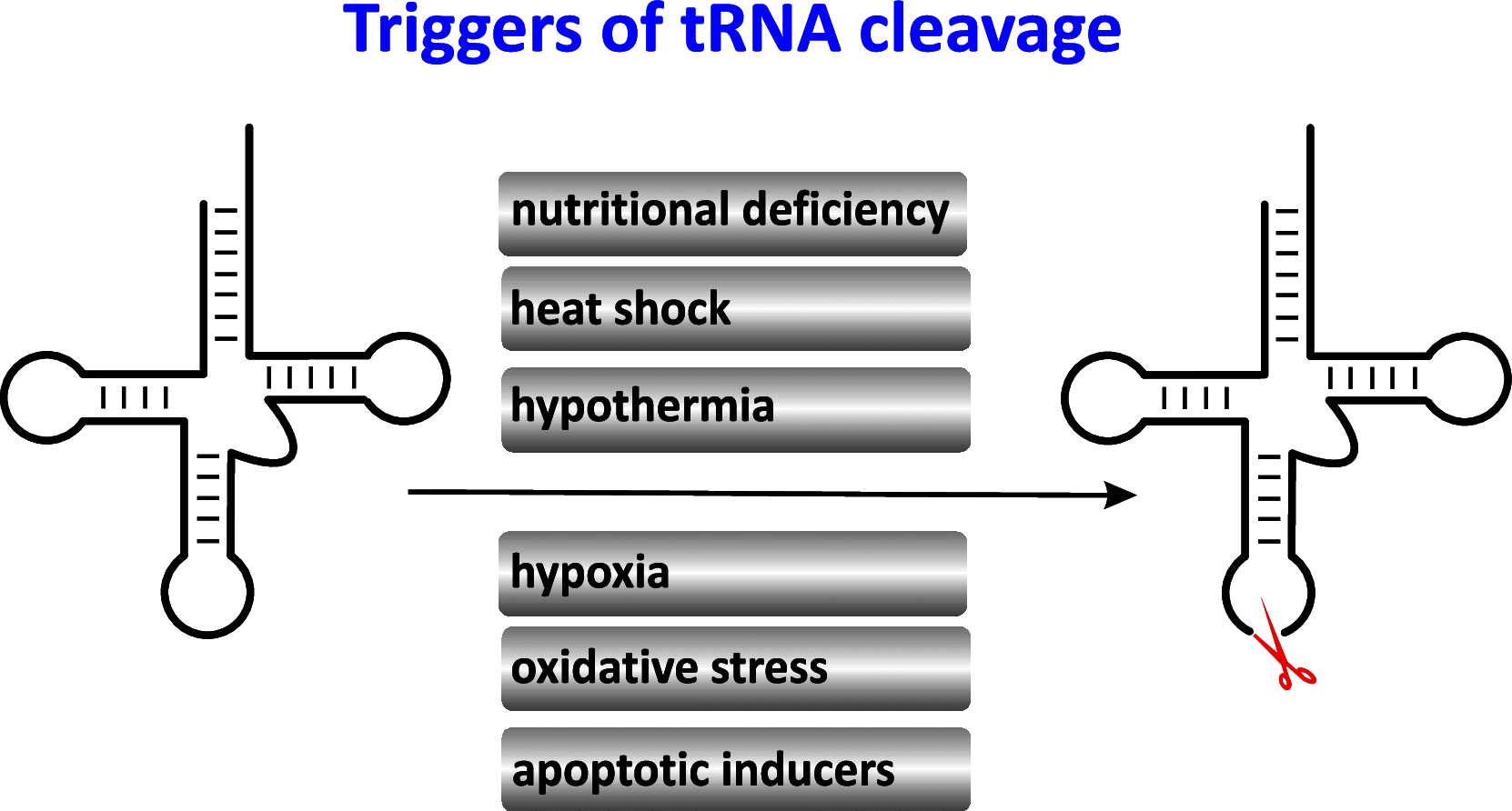tRNA structural and functional changes induced by oxidative stress
- PMID: 21833586
- PMCID: PMC3221842
- DOI: 10.1007/s00018-011-0773-8
tRNA structural and functional changes induced by oxidative stress
Abstract
Oxidatively damaged biomolecules impair cellular functions and contribute to the pathology of a variety of diseases. RNA is also attacked by reactive oxygen species, and oxidized RNA is increasingly recognized as an important contributor to neurodegenerative complications in humans. Recently, evidence has accumulated supporting the notion that tRNA is involved in cellular responses to various stress conditions. This review focuses on the intriguing consequences of oxidative modification of tRNA at the structural and functional level.
Figures







References
Publication types
MeSH terms
Substances
LinkOut - more resources
Full Text Sources
Other Literature Sources

